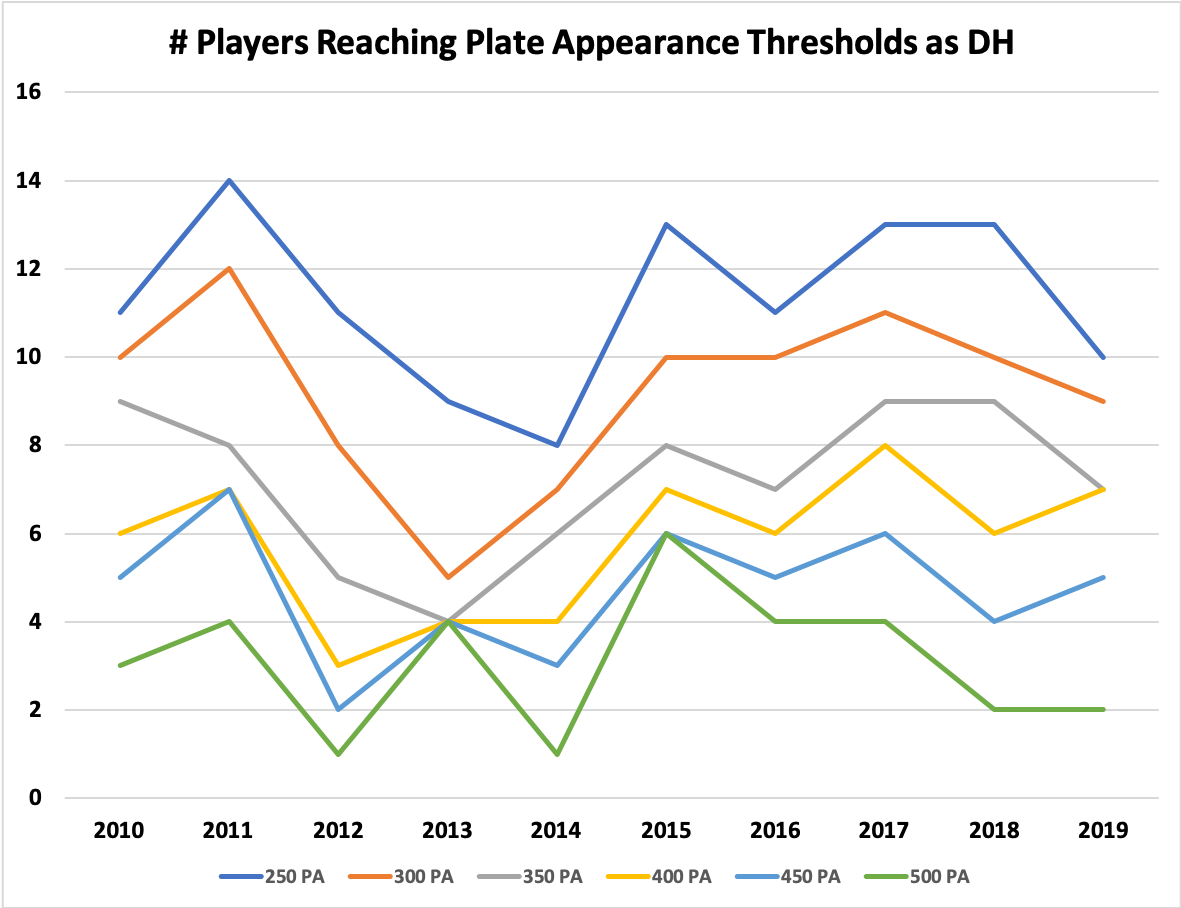A Minor Matt Kemp Move Illuminates Major Obstacles to a 2020 Season
It was a mundane transaction, one that ordinarily wouldn’t have required 500 words to explain to a baseball-starved readership, let alone 1,800. Matt Kemp, a 35-year-old former All-Star who played just 20 major league games last year, signed a minor-league deal with the Rockies. Given the move’s timing and the circumstances that surround it, however, Kemp-to-Colorado leaves a whole lot to unpack, and so here we are.
Kemp is on a minor-league deal, but he won’t play in the minors this year because there won’t be any minor league season, news of which was officially announced on Tuesday, though the outcome had long been apparent. Kemp may not play in the majors, either, not only because it’s unclear whether he’s good enough to do so anymore, but because the coronavirus pandemic that delayed Opening Day by nearly four months is still running rampant, and because the precautions designed to keep players and associated staff healthy may not be enough.
Even before the official green-lighting of the season, the Rockies were among the first teams to feel the impact of the coronavirus. Last Tuesday, the Denver Post’s Kyle Newman reported that four-time All-Star outfielder Charlie Blackmon was among three Rockies who had tested positive for COVID-19, along with pitchers Ryan Castellani and Phillip Diehl, all of whom had been informally working out at Coors Field in recent weeks. News of their illness followed reports of at least half a dozen teams being hit by the virus, though the players and staffers who tested positive on those teams weren’t identified. Blackmon and company were, but that’s not supposed to happen. While MLB has created a COVID-19-related injured list among its many new roster rules, on Tuesday ESPN’s Marly Rivera reported that both Yankees general manager Brian Cashman and Cubs general manager Jed Hoyer said that teams are not allowed to divulge the names of players who tests positive, in accordance with the Health Insurance Portability and Accountability Act (HIPAA). Read the rest of this entry »


